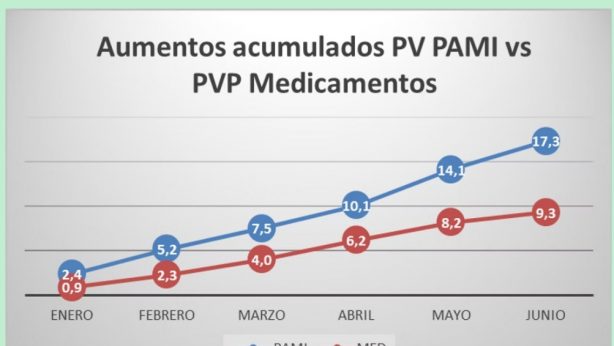WHO Model List of Essential Medicines (2019)
The core list presents a list of minimum medicine needs for a basic health-care system, listing the most efficacious, safe and cost–effective medicines for priority conditions. Priority conditions are selected on the basis of current and estimated future public health relevance, and potential for safe and cost-effective treatment. Where the [c] symbol is placed next to an individual medicine or strength of medicine on the core list it signifies that there is a specific indication for restricting its use to children. The complementary list presents essential medicines for priority diseases, for which specialized diagnostic or monitoring facilities, and/or specialist medical care, and/or specialist training are needed. In case of doubt medicines may also be listed as complementary on the basis of consistent higher costs or less attractive cost-effectiveness in a variety of settings.
Where the [c] symbol is placed next to an individual medicine or strength of medicine on the complementary list it signifies that the medicine(s) require(s) specialist diagnostic or monitoring facilities, and/or specialist medical care, and/or specialist training for their use in children. The square box symbol () is primarily intended to indicate similar clinical performance within a pharmacological class. The listed medicine should be the example of the class for which there is the best evidence for effectiveness and safety. In some cases, this may be the first medicine that is licensed for marketing; in other instances, subsequently licensed compounds may be safer or more effective. Where there is no difference in terms of efficacy and safety data, the listed medicine should be the one that is generally available at the lowest price, based on international drug price information sources. Not all square boxes are applicable to medicine selection for children. Therapeutic equivalence is indicated only on the basis of reviews of efficacy and safety and when consistent with WHO clinical guidelines. National lists should not use a similar symbol and should be specific in their final selection, which would depend on local availability and price. The a symbol indicates that there is an age or weight restriction on use of the medicine; details for each medicine can be found in Table 1.1. The presence of an entry on the Essential Medicines List carries no assurance as to pharmaceutical quality. It is the responsibility of the relevant national or regional drug regulatory authority to ensure that each product is of appropriate pharmaceutical quality (including stability) and that, when relevant, different products are interchangeable. For recommendations and advice concerning all aspects of the quality assurance of medicines see the WHO Medicines website http://www.who.int/medicines/areas/quality_safety/quality_assurance/en/. Medicines and dosage forms are listed in alphabetical order within each section and there is no implication of preference for one form over another. Standard treatment guidelines should be consulted for information on appropriate dosage forms. The main terms used for dosage forms in the Essential Medicines List can be found in Table 1.2. Definitions of many of these terms and pharmaceutical quality requirements applicable to the different categories are published in the current edition of The International Pharmacopoeia http://www.who.int/medicines/publications/pharmacopoeia.
WHO Model List of Essential Medicines – Medicamentos esenciales



